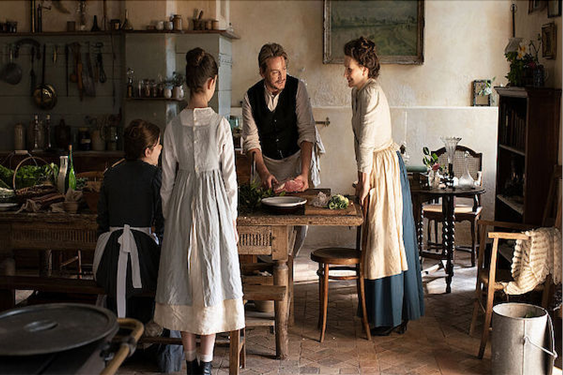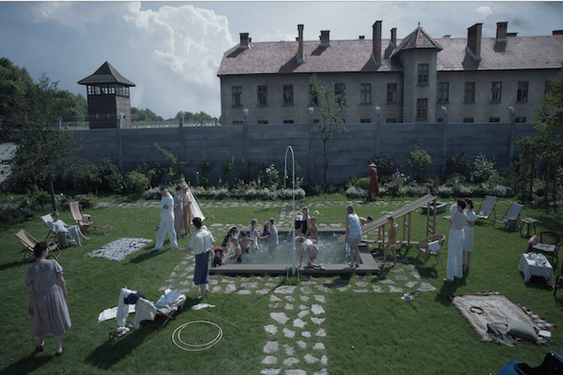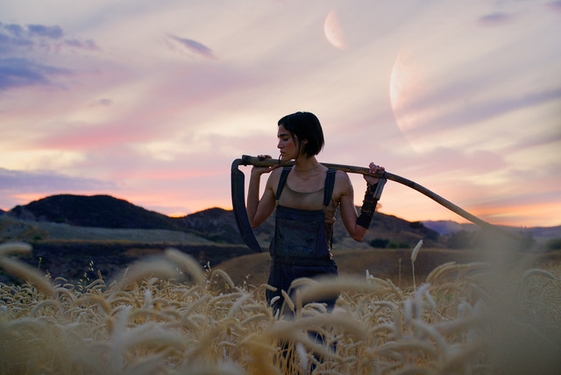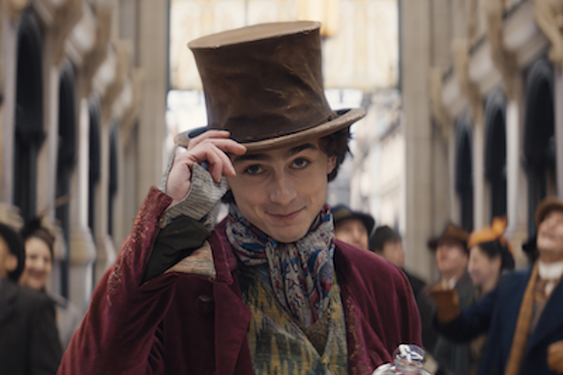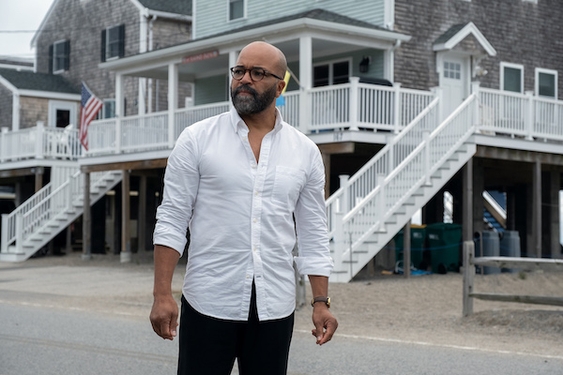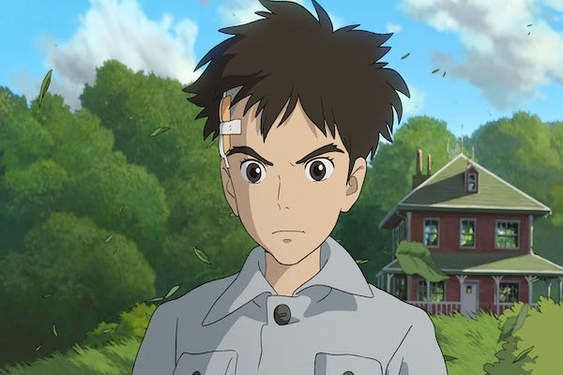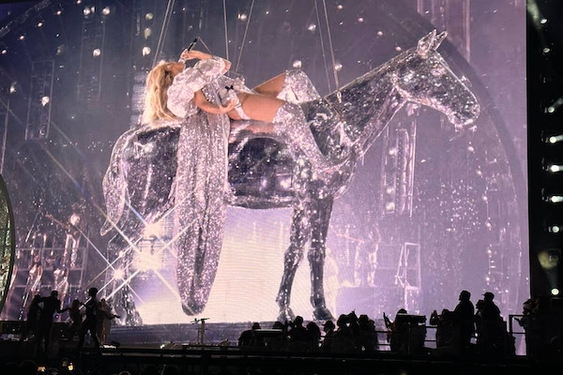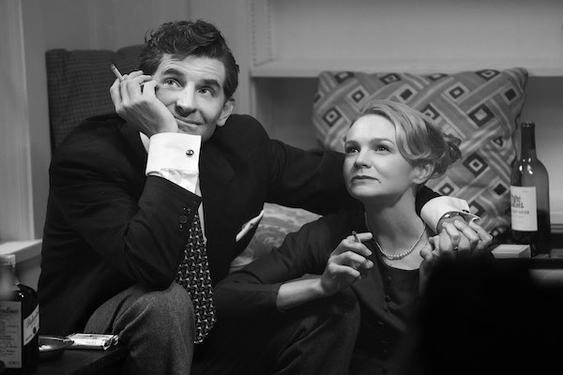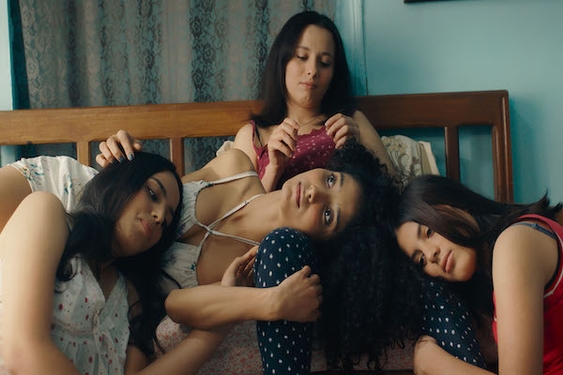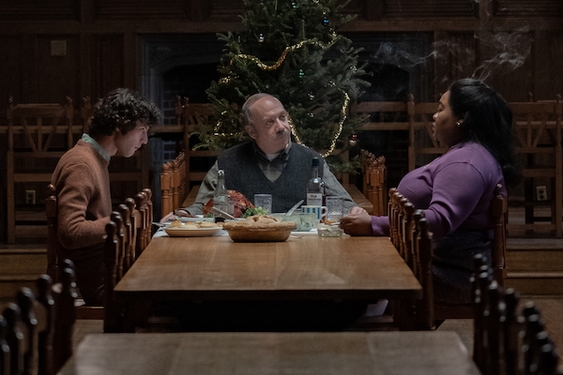Is a filmmaker’s self-indulgence – and Gallo practically oozes it – necessarily detrimental to the success of his vision? The passive-aggressive, wounded puppy dog auteur behind the superior (and comparably conventional) Buffalo ’66 has staged his new film as a navel-gaze with a focus decidedly below the navel.
The Brown Bunny is a mood piece about a man who lost his Daisy (Chloe Sevigny) and seeks to regain equilibrium in the company of Violet, Lilly and Rose while traveling from New Hampshire to Los Angeles.
Though Gallo offers the viewer little to chew on while his character cruises endlessly past often indelible imagery, his pain almost nullified by a lack of context, his emotion eventually turns palpable in a confrontation scene that is among the most sexually candid moments committed to celluloid. The scene nearly fills the emotional void of the film’s first hour, sublimating what looks like pornographic exploitation into a challenging catharsis.
And yet, it’s impossible to say that I liked The Brown Bunny. Gallo’s uber-minimalist film is a kindred spirit to the conceptual experiments of Andy Warhol – though Gallo violently denies any outside influences – and enjoyment of such work is hardly an option. Gallo is a filmmaker in complete command of his vision; a vision so personal and esoteric that it barely merits exposure outside his own bedroom, but one that will force strong reactions out of those willing to endure it.
Grade: C


